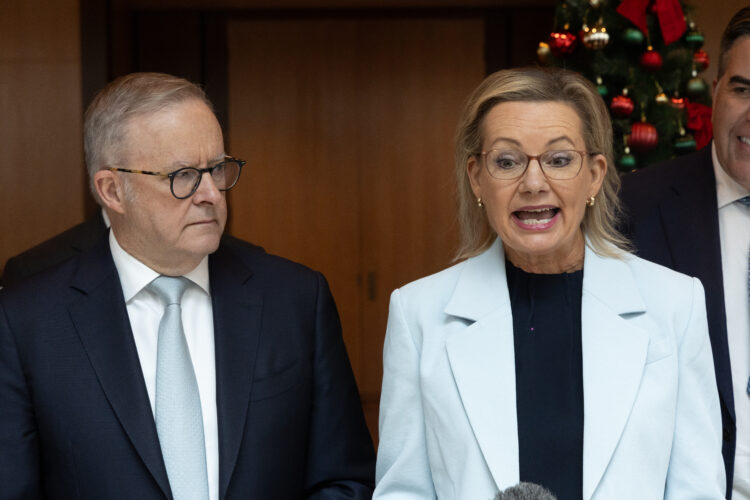Way out west
We’re back on cost of living questions, so we all know how this will go.
Why are things so bad under you?
Why didn’t you support any of our cost of living measures?
Melissa McIntosh, Shadow Communications Minister:
The western Sydney suburbs of Campbelltown, Mt Druitt and Liverpool have two things in common: one, more than 90 per cent of mortgage holders are struggling to pay their mortgage; two, they’re represented by Labor MPs. Prime Minister, why do Australian households have to suffer because this government can’t control its reckless spending and inflation? Does the Prime Minister have any plan to address mortgage stress in these Western Sydney suburbs?
Anthony Albanese, Prime Minister:
Since we have come to office, inflation is half of what we inherited. Interest rates have gone down three times this year. They started to rise under those opposite. We went to an election promising much lower spending than those opposite which is why they had two higher deficits going forward.
What we have done is increased real wages, quarter after quarter after quarter after quarter. We have increased real wages opposed by those opposite. They opposed all of our industrial relations measures.
We have created 1.1 million jobs, three in five of them have been full-time. Under this government the gap between women’s wages and male wages is the lowest it’s ever been. We have record women’s workforce participation as well and we have produced tax cuts for every single taxpayer and there’s two more rounds to come. We want people to earn more and to keep more of what they earn.
We’ll continue to rollout cost of living support, and I’d ask the member for Lindsay to think about supporting some of it some time.



